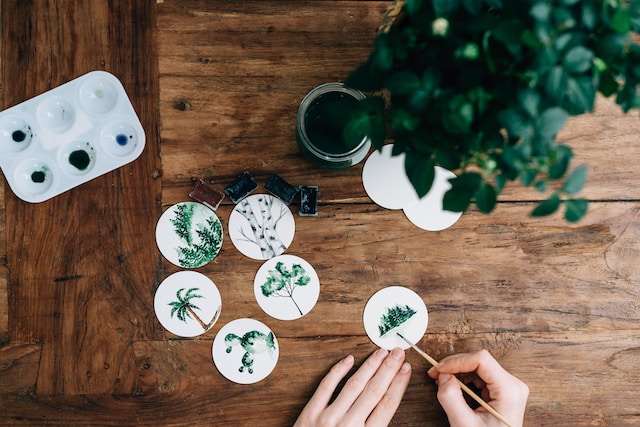My two biggest passions in life are art and mental health. Gardening is an art form. Also, gardening has many mental health benefits. I was curious to do some research into the best plants for mental health benefits. Of course, this will vary from person to person. Nevertheless, there are some plants commonly considered beneficial…
mental health
5 Ways Depression Costs Me In the Garden
I struggle with chronic, recurring depression. While it’s well-managed, the symptoms do creep up from time to time. Depression is an expensive mental health condition, in ways that might surprise you. In fact, during bouts of depression, I find that it costs me in the garden. This does mitigate the many mental health benefits of…

